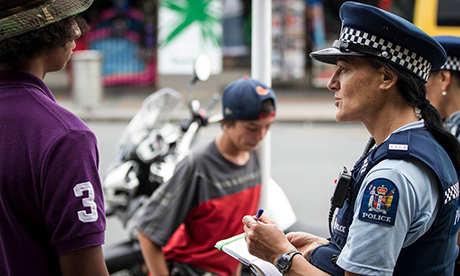Truancy in New Zealand schools has reached a “crisis” point. More than 60,000 students are “chronically absent” from schools nationally.
According to the Ministry of Education, chronically absent means the students are missing at least three learning days a fortnight. The ministry also reports that almost 40% of students are not going to school regularly.
Catholic Schools, on the whole, had better regular attendance rates than the average of all schools across New Zealand between 2015 to 2020. On average, over the 5 years, the difference has been more than 5 percentage points.
In 2020, the difference in regular attendance was at its peak with 71.5% of regular attendance in Catholic Schools compared to 64.0% across all schools.
Chronic absence was also considerably lower, with 4.2% of chronic absence in Catholic Schools compared to 9.0% across all schools.
Ministry of Education data shows approximately 9% of school students attended a Catholic school in New Zealand between 2015 and 2020.
While the data shows better attendance in Catholic schools, they tend to be of a higher decile average and have less disadvantaged students.
What is significant is that the trend to higher truancy levels are similar, even though the gap highlights Catholic school students have a better attendance record.
The primary explanation for justified absences was illness. In contrast, the main reason for unjustified absences was “no information provided or a throwaway explanation”.
The proportion of school days students missed due to unjustified absences was highest among decile 1 schools (12.9%), followed by decile 2 (9.5%) and then decile 3 (7.8%). Absences were highest among Māori (9.2 per cent) and Pasifika (9.6 per cent).
National Party education spokesman Paul Goldsmith said it was a “crisis” to have almost 40 per cent of students not going to school regularly.
“The Government needs to start sending a clear message to parents; it’s your job to get your kids to school. It’s time as well to get Attendance Services (national truancy services) working effectively.”
Associate Education Minister Jan Tinetti said the main reason for falling attendance was more kids staying home due to feeling sick.
“It’s good that New Zealanders are listening to the [Covid-19] health advice and staying home when sick.”
“The first thing to do is to get a more accurate picture of the scale of our attendance challenge – which we are doing – to better understand patterns of attendance, and where greater support might be required to help schools reverse declining attendance,” said Tinetti.
But Goldsmith wasn’t buying Tinetti’s pandemic reasoning.
“Given there has been a serious fall in regular attendance at schools over the past five years, excuses that the latest figures are a result of Covid-19 don’t wash,” Goldsmith responded.
On Monday, the Herald reported on a Ministry of Education briefing note from December 2020 showing Attendance Services didn’t have the resources to reach some 30,000 students who are chronically absent students.
A police truancy overview from July 2020 showed just a single truancy officer for the 80 schools in the Waitematā East area, despite truancy being on the rise.
The overview said that local schools wanted to hire their own truancy officers instead of the current model of contracted services via the ministry.
Sources
- NZ Herald
- NZ Catholic Education Office
News category: Top Story.




